Family Medicine Residency Match: Beat more than 4400 Applications
Family Medicine Residency Match and Family Medicine Residency Programs Table of Contents Toggle
/about_mega.jpg?width=500&height=500&name=about_mega.jpg)
MedEdits Medical Admissions is the nation's premier medical school admissions consulting firm. Since 2007, founder Jessica Freedman, M.D., and our team of physician educators have guided thousands of aspiring medical professionals through their premedical and medical school journey. Our faculty advisors bring invaluable insider knowledge from serving on medical school admissions committees, education committees, and hospital boards. Combined with our specialized medical admissions writing coaches, we provide the comprehensive guidance and industry expertise essential for acceptance to medical school, residency, and fellowship programs.
6 min read

Table of Contents
Toggle Internal Medicine Match
Internal Medicine Match
Internal medicineis a specialty in which all medical students rotate during the third year of medical school. If you suspect internal medicine might interest you, we recommend trying toschedule this core internal medicine rotationas early in the third year as possible. Since many medical students often have choices about where to rotate, we suggest completing this rotation at the student’s home or primary institution as opposed to an affiliate hospital. By the same token, it is important to schedule your internal medicine sub-internship early in the fourth year and also at your medical school’s most prestigious hospital/site.
Internal medicine residency starts in the PGY1 year and is three years in total. Many internal medicine residents, however, do further subspecialty training. The top internal medicine programs are very competitive so it is important to understand what your target programs will be. The vast majority of U.S. allopathic seniors match in internal medicine, but, the specialty remains competitive for international and osteopathic applicants.
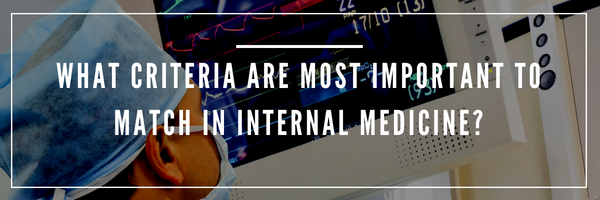 Internal Medicine Match
Internal Medicine Match
Understanding what criteria are most important to internal medicine program directors and admissions committees will allow you to position yourself as well as possible to match in the specialty. It is important to know how competitive you are for internal medicine by reviewing data published by theNational Residency Matching Program (NRMP). This data includes the2022 Program Director’s Surveyand Charting Outcomes in the Match for all three applicant types (allopathic students, osteopathic student and international students). By summarizing this data, together with our own knowledge of what makes a successful applicant, we will outline what you should do to match!
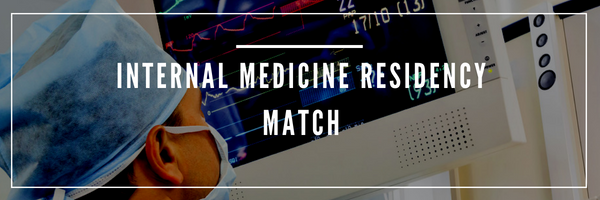
In 2024, there were a total of 10,261 internal medicine positions offered in the NRMP match and a total of 15,451 applicants for those positions.
Internal Medicine Elective/Audition Rotations
Interestingly, internal medicine is not a specialty that whole heartedly recommends audition rotations. In 2022, only 51% of program directors surveyed felt this was an important factor when deciding whom to interview. However, there may be some program directors at more competitive programs who recommend audition electives as a way to gain exposure to another institution, prove yourself on another “turf” and to have letters of reference from somewhere other than your home institution. Where to complete audition electives will largely depend on your competitiveness as an applicant and geographic preferences. Ideally, audition electives should be completed by October of the application year. For internal medicine in particular, it is important to discuss the possibility of doing audition rotations with an advisor or mentor from your home medical school. For most medical students, away rotations are not necessary regardless of where you hope to match. Internal medicine is a specialty that relies heavily on USMLE/COMLEX scores and the MSPE when deciding whom to interview and rank.
Total number of Internal Medicine Residency (Categorical) Spots offered = 10,261 (2024)
Total number of Internal Medicine Residency Programs (Categorical) = 707 (2024)
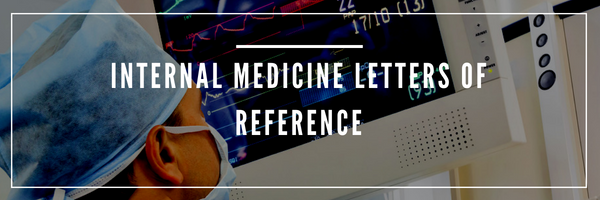
Letters of referencefrom academic internal medicine physicians with whom you have worked directly are the most important letters in your profile. If possible, strong letters of reference from leaders within an academic internal medicine department, such as a chair, program director, or clerkship director will also bolster your overall candidacy. If you have done any internal medicine or subspecialty research, a letter of reference from the principal investigator with whom you worked is equally valuable. We recommend a minimum of two letters from academic internal medicine physicians, but, if it’s possible to obtain three or four letters of reference from academic internal medicine faculty, that is considered ideal.
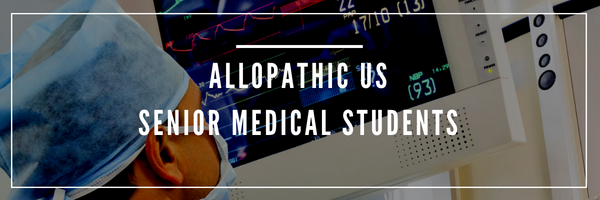 Internal Medicine Residency Match Statistics
Internal Medicine Residency Match Statistics
Cumulatively, 15,451 applicants applied for 10,261 internal medicine residency positions in 2024. Of those 15,451 applicants, 4,225 were U.S. senior allopathic medical students. 630 U.S. allopathic senior internal medicine applicants did not match in to internal medicine residencies last year.
Therefore, 85% of U.S. allopathic seniors who applied for internal medicine matched.
Internal medicine is the largest training specialty and offers 25% of all PGY1 positions.
This is the data for those U.S. senior allopathic medical students who matched successfully:
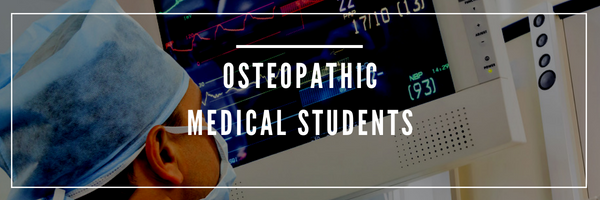
Cumulatively, 15,451 applicants applied for 10,261 internal medicine residency positions in 2024. There were 2,239 osteopathic applicants. Of those, 1,783 matched.
80% of osteopathic seniors who applied for internal medicine matched.
The data for those osteopathic students who matched successfully:
Internal medicine is one of the less competitive specialties for osteopathic medicine students. However, this is because there are huge number of internal medicine programs in the country and the competitiveness for each program varies. It is important to be honest about your competitiveness and to apply to programs that historically have matched osteopathic medical students.
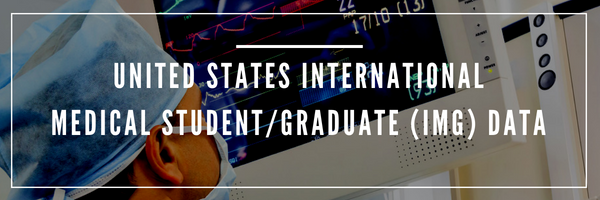
Cumulatively, 15,451 applicants applied for 10,261 internal medicine residency positions in 2024. There were 1,089 US IMGs who matched in internal medicine.
Because approximately half of all U.S. IMG applicants to internal medicine match successfully, we suggest applying as broadly as possible and being honest about how competitive you are. When reviewing Doximity residency rankings on Doximity Residency Navigator, pay attention to “feeder” schools for each program.
Need help with ERAS? Click here for a FREE 15 minute advising session. Get Expert Guidance. View MedEdits Comprehensive Residency Match ERAS Services.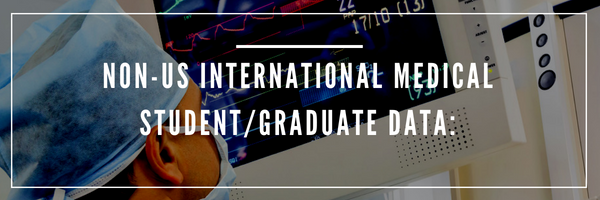 IMG Internal Medicine Match
IMG Internal Medicine Match
Cumulatively, 15,451 applicants applied for 10,261 internal medicine residency positions in 2024.
3,109 non-US citizen international medical graduates matched into internal medicine.
The number of matched non-U.S. citizen IMGs is 5,864, up 832 compared to 2023.
Because approximately half of all non-U.S. IMG applicants to internal medicine match successfully, we suggest applying as broadly as possible and being honest about how competitive you are. When reviewing Doximity residency rankings on Doximity Residency Navigator, pay attention to “feeder” schools for each program.
Internal Medicine Residency Match 2024
Based on the 2022 Program Director’s Survey published by the NRMP which is the most recent currently available, there are many factors that are important in deciding whom to invite for an internal medicine residency interview.
What is most interesting about internal medicine is that standardized test scores and the MSPE are considered the most important factors with regards to who receives an interview invitation.
Below are the factors considered most important in selecting applicants to interview:
There is no question that a USMLE/COMLEX failure is a deal breaker for many programs. However, in our experience, this is “easier” to overcome if you are a US allopathic student. The 2022 Program Director’s Survey indicated that 36% of programs require target USMLE scores and 39% prefer a target score but do not require it. Only 25% of programs require a student only pass the USMLE to be considered.
From the NRMP which makes very little data available:
“As in 2021, some items from prior administrations of the Program Director Survey were deleted for the 2022 administration in order to allow for robust questioning about the virtual experience and holistic review while minimizing respondent burden. Deleted items included questions about:
Specific target scores on USMLE Step 1 and Step 2 CK exams below which programs generally did not grant interviews and above which they almost always granted interviews;
Whether programs offered more invitations than interview slots and reasons for that practice;
Time allowed for applicants to respond to interview invitations;
Preferred modes of communication with and about applicants during Supplemental Offer and Acceptance
Program (SOAP) rounds;
Factors considered in decisions about which applicants to interview and to rank, and ratings of the
importance of each factor; and
Importance of factors such as professionalism, quality of patient care, clinical competency, and ethics in assessing residents’ success during residency
 Internal Medicine Residency Application
Internal Medicine Residency Application
51% of programs extend internal medicine interviews in October. Therefore, it is important to send your ERAS application in early!
/about_mega.jpg)
JESSICA FREEDMAN, M.D., a former medical school and residency admissions officer at the Icahn School of Medicine at Mount Sinai, is the founder and chair of MedEdits Medical Admissions and author of three top-selling books about the medical admissions process that you can find on Amazon.

Family Medicine Residency Match and Family Medicine Residency Programs Table of Contents Toggle

Emergency Medicine Personal Statement & Residency Match (2020-2021): BEAT 3,300 Applicants Table of Contents

“I love the hours.”“I want to be just like Dr. Smith. He has a sweet practice.”“I want to make a ton of money.”